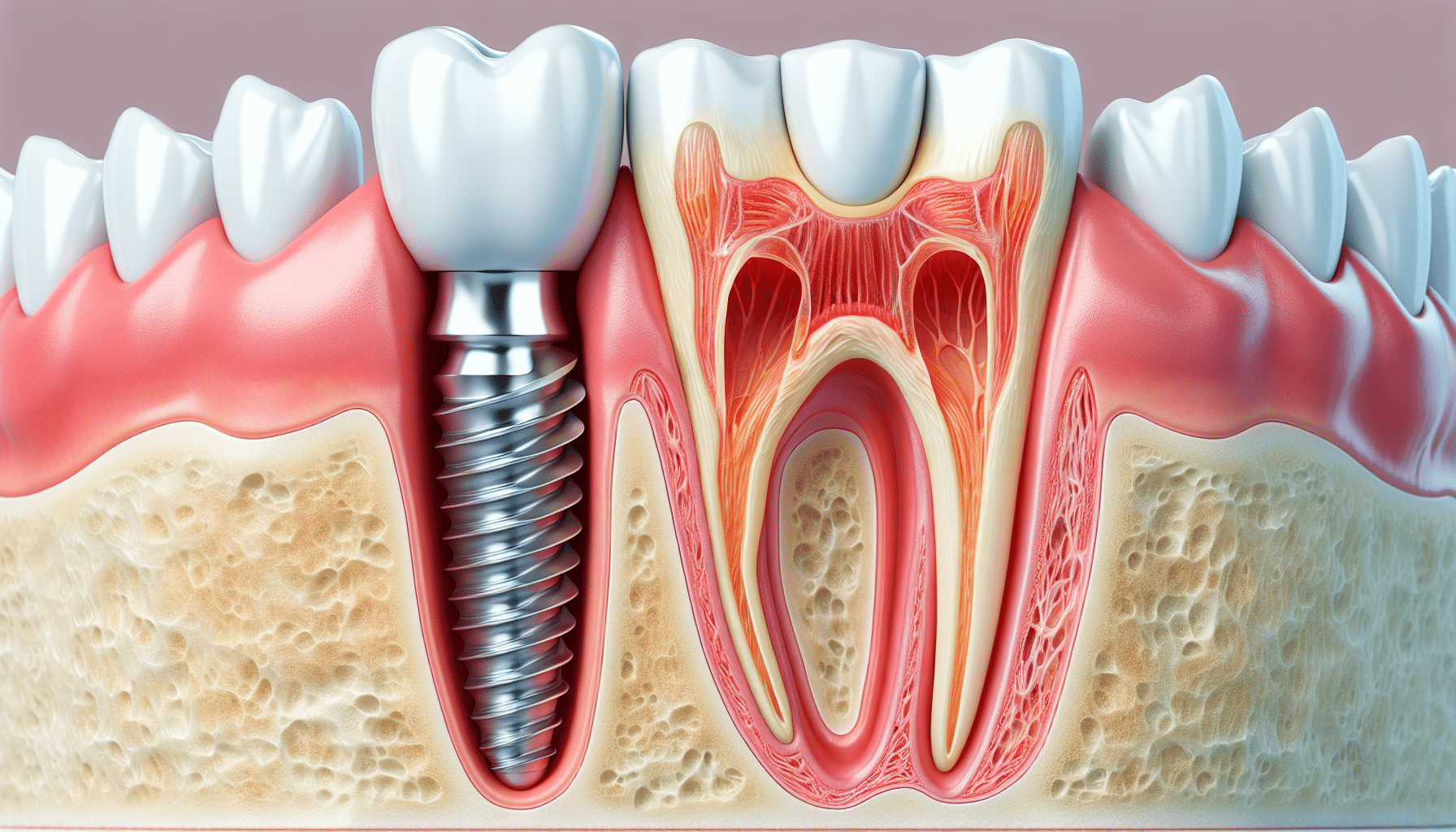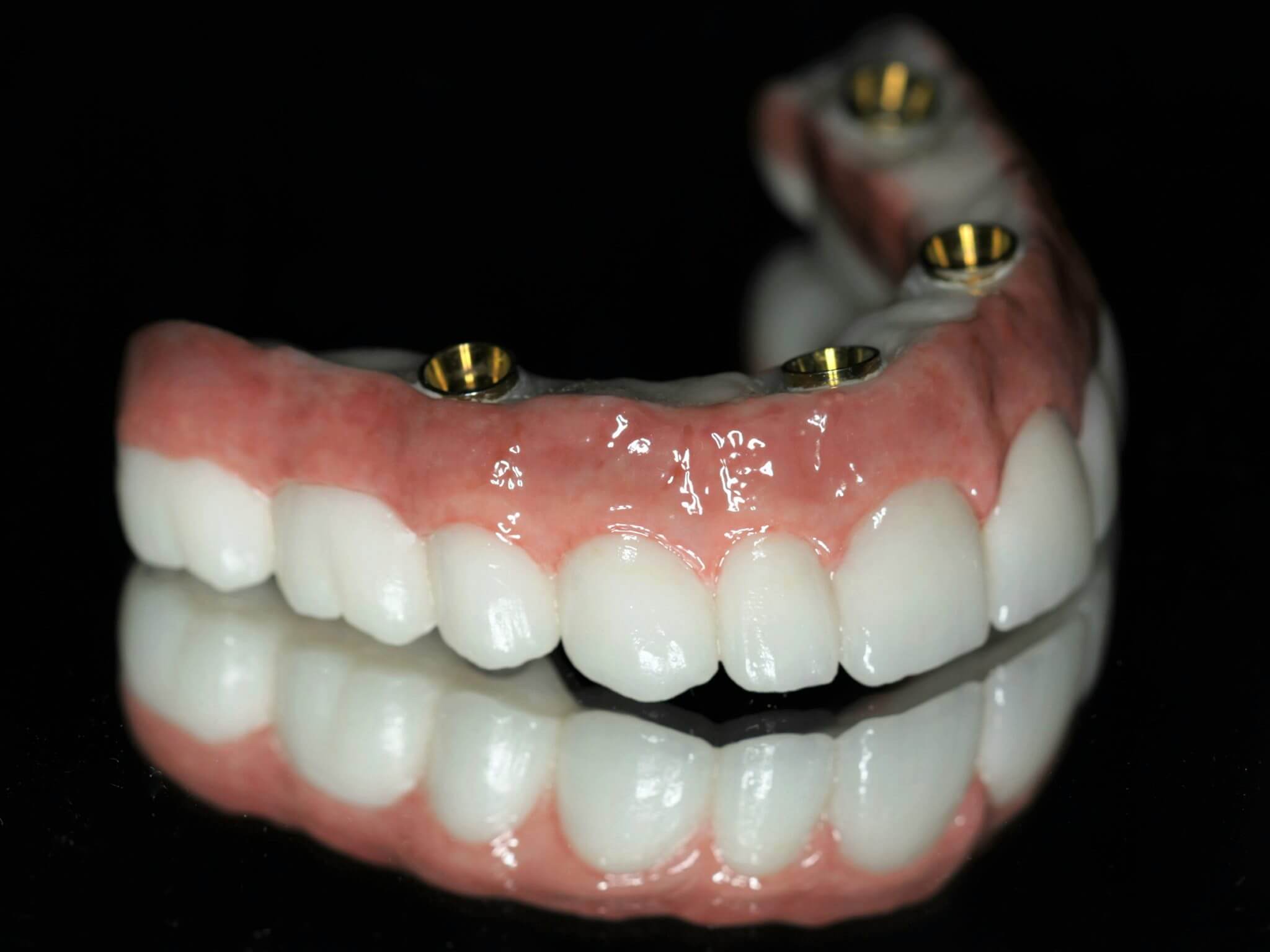Everything about Dental Sense
Everything about Dental Sense
Blog Article
The Ultimate Guide To Dental Sense
Table of ContentsDental Sense Things To Know Before You Get ThisSome Ideas on Dental Sense You Need To KnowDental Sense for Beginners5 Simple Techniques For Dental Sense
are medical devices surgically dental implanted into the jaw to restore a person's capability to eat or their look. They give support for fabricated (fake) teeth, such as crowns, bridges, or dentures. When a tooth is lost as a result of injury or illness, an individual can experience issues such as fast bone loss, malfunctioning speech, or changes to chewing patterns that cause discomfort.Dental implant systems include an oral implant body and oral implant abutment and may also include an abutment addiction screw. Dental implant vs bridge. The oral implant body is operatively inserted in the jawbone in place of the tooth's origin. The dental implant joint is generally affixed to the dental implant body by the abutment fixation screw and extends via gum tissues into the mouth to support the connected synthetic teeth
(https://hearthis.at/matthew-music/set/dental-sense/)Structure of The Oral Implant System picking oral implants, talk with your dental supplier regarding the potential benefits and dangers, and whether you are a prospect for the procedure. Points to take into consideration: Your general health is a crucial consider determining whether you are a great candidate for dental implants, how much time it will require to heal, and the length of time the implant may stay in area.
Smoking cigarettes might impact the recovery procedure and reduce the long-term success of the dental implant. The recovery process for the implant body may take numerous months or longer, throughout which time you commonly have a short-term joint instead of the tooth. the oral implant treatment: Carefully comply with the oral hygiene instructions given to you by your oral service provider.
All about Dental Sense
Implant failure can cause the need for an additional surgical procedure to take care of or change the implant system. Recovers the capability to chew Brings back cosmetic appearance Aids keep the jawbone from shrinking because of bone loss Preserves the health of the surrounding bone and gum tissues Helps keep nearby (close-by) teeth steady Boosts quality of life Damages to bordering natural teeth during implant positioning Injury to the surrounding tissues throughout surgical procedure, such as sinus opening Injury during surgical procedure (for instance, crack of surrounding jawbone) Poor feature, such as seeming like the teeth do not bite with each other generally A feeling that the tooth is loose or twisting in location arising from a joint screw loosening up Implant body failure (looseness of the implant body) as a result of systemic infection, which may be most likely in people with unchecked diabetes mellitus because of neighborhood infection in bone and periodontals sustaining the dental implant body as a result of postponed healing, which may be more probable in clients that smoke Difficulty cleaning up the gums around the implant, leading to inadequate oral hygiene Untreated periodontal disease Post-surgical numbness as a result of nerve impingement or damages Constantly alert healthcare carriers and imaging service technicians that you have oral implants before any magnetic vibration imaging (MRI) or x-ray procedures.
FDA is not familiar with any type of unfavorable events reported for MRI or x-ray treatments with oral implants. Oral implants systems are commonly made of products that follow worldwide agreement standards of the International Organization for Standardization (ISO) or ASTM International. These standards have information of what makes a secure material.

An oral implant is a structure that changes a missing out on tooth. With screw-like gadgets, the surgeon inserts an implant into the jawbone, and it acts as a support for a fabricated tooth, called a crown.
Indicators on Dental Sense You Need To Know
Some individuals are not qualified for dental implant surgery. It is for dental cosmetic surgeons to operate individuals with: intense illnessuncontrollable metabolic diseasebone or soft cells illness or infectionIf these problems are dealt with, an individual can have the surgical procedure. In, oral doctors avoid from operating individuals with: If people with any of the above go through dental implant surgical treatment, there is a higher threat of the implant stopping working.

Dental dental implant surgical treatment is a customized process. Give you time to heal. Connect the blog post and last crown, bridge or denture.
Next, your specialist will very carefully put the oral implant right into your jaw. Ultimately, your cosmetic surgeon will certainly reposition your gum tissues and close the laceration with stitches. If your dental implant is near the front of your mouth, your dentist will certainly make a short-term tooth for you to wear until you recover. In this way, you won't have a gap in your smile while you recoup.
What Does Dental Sense Mean?
Throughout the healing stage, your jawbone ought to fuse to click this the oral implant. This procedure can take anywhere from three to nine months.
Once your implant heals, your dental expert can affix the joint (small adapter blog post) and your final restoration (crown, bridge or denture). This typically takes about one hour to finish and might require a 2nd minor surgical procedure. You shouldn't feel any discomfort during your dental implant treatment since your company will certainly use drug to numb your gum tissues.
Report this page